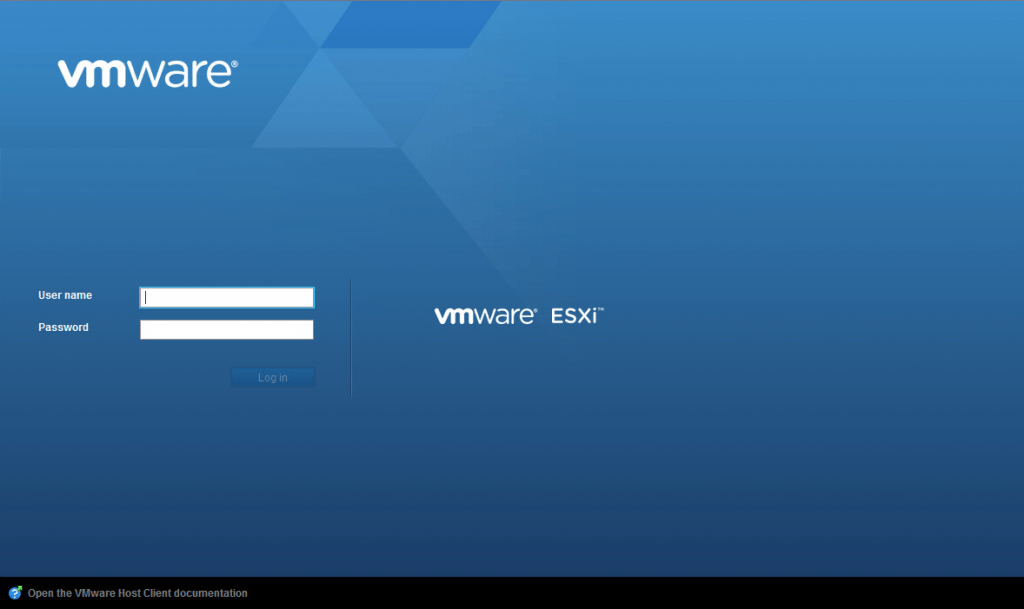

#Autostart vm esxi 6.5 full#
If all your VM’s have VMWare tools installed then you can speed up the boot process as it’ll immediately move on to the next VM once the tools send a heartbeat to say its up (instead of waiting the Start Delay interval), but the VM could still be resource hungry at this point so you may prefer just to let the Start Delay run its full course every time. If it is false, the system waits for the specified delay and then continues the power-on sequence. Wait for heartbeat – if Wait For Heartbeat is true, then the power-on sequence continues after the the first heartbeat has been received from the VM. You can see a question I logged on this on the VMWare forum and the moderators response in the links below. This appears to be a UI bug as this IS the place to set System Defaults, not defer to them. Note: under ESXi 7.0 I found that the Stop Action setting under Host>Manage>Autostart also included the option of “System Default”.
#Autostart vm esxi 6.5 software#
However, I’ve seen many VM’s that are “appliances” running a custom operating system, like Cisco or HPE virtual networking equipment to honour this command even though they don’t support installing any software (e.g. For a lot of servers, like Windows, you must have VMWare Tools installed on the VM for this action to be honoured by the operating system.

If the Virtual Machine does not shutdown within the delay time specified a hard Power Off is issued to the Virtual Machine. Stop Delay – is the maximum time the ESXi host will wait for a shutdown command to complete.

Starting them all together might could either put a huge stress on the Host or even exhaust the host resources if you VM’s are oversubscribed. When VM’s start their hardware requirements often spike. Or you might need to bring up some sort of domain controllers before bringing up applications like SQL. You might need to wait for some slower storage arrays to boot before you bring up file sharing servers. Why would you want to do this? Why not just start all VM’s at the same time? A couple of reasons. The virtual machines are powered on in the startup order specified in the Per-VM Overrides pane. After the ESXi host powers on the first virtual machine, the host waits for the specified delay time and then powers on the next virtual machine. Start Delay – After you start the ESXi host, it starts powering on the virtual machines that are configured for autostart. Because the articles we found (listed below) don’t use exactly the same terminology (hence me not finding the answers I wanted) I decided to summarise them here with the “correct” terminology of the latest ESXi 7.0 UI. In the end my friend Keith’s Google-Fu was stronger than mine and he pointed me in the right direction. I spent a lot longer than I would have liked today googling for more information on the ESXi Autostart options of Start Delay, Stop Delay and Stop Action.


 0 kommentar(er)
0 kommentar(er)
